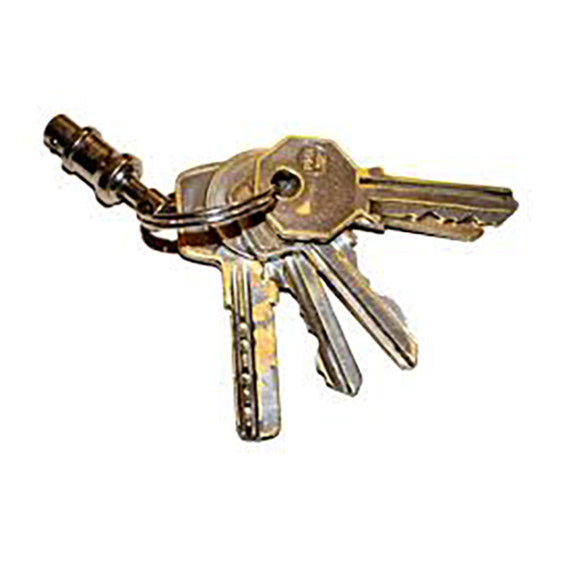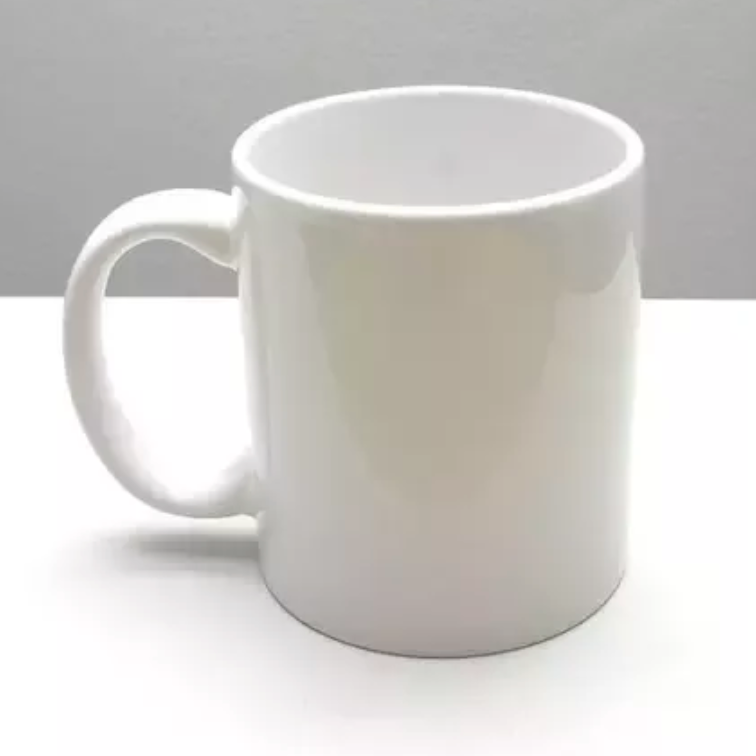Learning Objectives:
• Learn about the style of artist Martin Craig-Martin
• Develop a creative use of composition in a still life setup
• Understand the role of colour in art
• Understand how to look at objects from different viewpoints
• Develop a creative use of composition in a still life setup
• Understand the role of colour in art
• Understand how to look at objects from different viewpoints
Today's task:
• Watch the two videos below
• Read through the PowerPoint below
• Plan your piece by choosing objects and considering how they may be arranged
• Take photos of your objects
• Read through the PowerPoint below
• Plan your piece by choosing objects and considering how they may be arranged
• Take photos of your objects
What you will need:
A selection of objects from around your home and a camera (or camera phone).
Let's meet Michael Craig Martin:
Here's a timelapse of him creating one of his drawings:
Key Facts:
• Michael Craig Martin uses ordinary household objects to create quirky compositions, often with many objects all overlapping one another,
• When he chooses his objects, he picks the ones he thinks of as iconic: instantly recognisable and often symbolic of different genres or different aspects of people's lives.
• He uses a range of bold, vivid colour schemes in unexpected ways.
• He tends to use more secondary and tertiary colours than primary colours and hardly ever uses white.
• He draws his black lines using tape, rather than paint.
• He considers his drawings and paintings to be quite sculptural, even though they are all flat
• When he chooses his objects, he picks the ones he thinks of as iconic: instantly recognisable and often symbolic of different genres or different aspects of people's lives.
• He uses a range of bold, vivid colour schemes in unexpected ways.
• He tends to use more secondary and tertiary colours than primary colours and hardly ever uses white.
• He draws his black lines using tape, rather than paint.
• He considers his drawings and paintings to be quite sculptural, even though they are all flat
More examples of Michael Craig Martin's work:
Click on the arrows to move through the slideshow
Your task
Over the next few lessons you will be creating a coloured drawing or painting of some everyday objects from around your house over the next four lessons in the same style as Michael Craig-Martin. Now that you have familiarised yourself with his style, your next step is to find several objects that you will draw and then combine together into an interesting composition later on.
Today you just need to gather objects, photograph them and start thinking about your composition
Thinking ahead to your composition
For a basic composition:
Higher ability:
Top ability:
BONUS MARKS:
Higher ability:
Top ability:
BONUS MARKS:
Example:
Draw 3 objects that will overlap one another later on when you come to form your Michael Craig-Michael composition. You will draw/paint these to fill a whole page in your class sketchbook (or an A3 piece of paper/card).
If you are ready for a challenge, draw 5 objects that you will combine together on an A3 (or bigger) piece of paper/card or a canvas (if you have one).
If you're excited to go big, then go big! Choose as many objects as you want and as big a canvas (or piece of card) as you want.
How about drawing your objects from an angle so that they look 3D?
If you are ready for a challenge, draw 5 objects that you will combine together on an A3 (or bigger) piece of paper/card or a canvas (if you have one).
If you're excited to go big, then go big! Choose as many objects as you want and as big a canvas (or piece of card) as you want.
How about drawing your objects from an angle so that they look 3D?
Choosing your objects
Pick the objects that...
• you use all the time
• are important to your daily life
• you think have an interesting shape/outline
• are objects(!) - not people, pets, landscapes, or patterns/textures
• do not require text to be able to tell what they are
• are important to your daily life
• you think have an interesting shape/outline
• are objects(!) - not people, pets, landscapes, or patterns/textures
• do not require text to be able to tell what they are
Examples of objects that would fit this brief for me include: my car keys, headphones, iPhone, paintbrushes, knife/fork, mug, plants, tape measure, screwdriver, etc.
They might all share something in common, but they might just be a selection of unrelated objects that are all significant to you.
Take photos
Once you have your objects, take photos of them (individually and preferably against a white or plain background) from the same angle you will draw them. I will the advise you before next lesson if they are suitable or whether I think you might come into difficulties with any of them.




Submit your work on ClassCharts or, if you are struggling, by email.